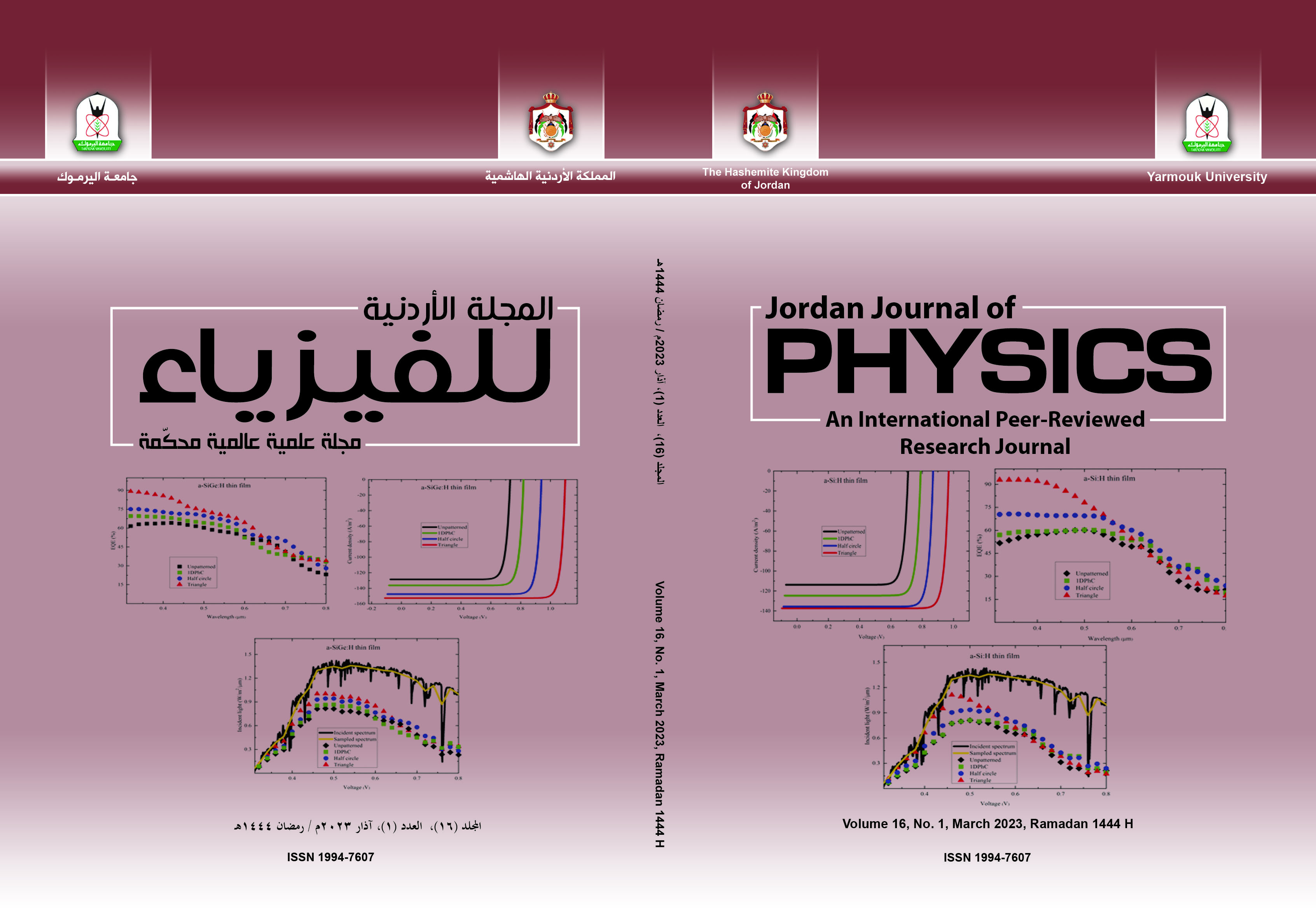A Suggested Alternative to Dark Matter in Galaxies: I. Theoretical Considerations
Keywords:
Dark matter, Modified theories of gravity, MOND. PACS Nos.: 95.35. d; 04.50.Kd.Abstract
We have resorted to a modified form of Modified Newtonian Dynamics (MOND) to account for galactic rotation curves, as a possible alternative to the dark-matter paradigm, by assuming that either (i) the gravitational constant is a function of distance scale, or, (ii) the gravitational-to-inertial mass ratio is a function of distance scale. We have used a linear approximation of each function, from which two new parameters appeared that have to be determined: G1, the first-order coefficient of gravitational coupling and C1, the first-order coefficient of gravitational-to-inertial mass ratio. We have generated simplified theoretical rotation curves for some hypothetical spherical galaxies by varying our model’s parameters. We have concluded that our model gives a qualitatively and quantitatively acceptable behavior of the galactic-rotation curves for some values of those parameters: G1 between around 10-31 and 10-30 m2 s-2 kg-1; or, C1 between 10-21 and 10-20 m-1. Our model also may imply the existence of a critical distance at which the MOND effects become significant rather than a critical acceleration. Furthermore, assuming that the critical centripetal acceleration in our model is equivalent to that in Milgrom’s MOND ( , we found that is not a constant, but a linear function of the galactic baryonic mass ( . We were able to re-derive Milgrom’s version of MOND ( ).


